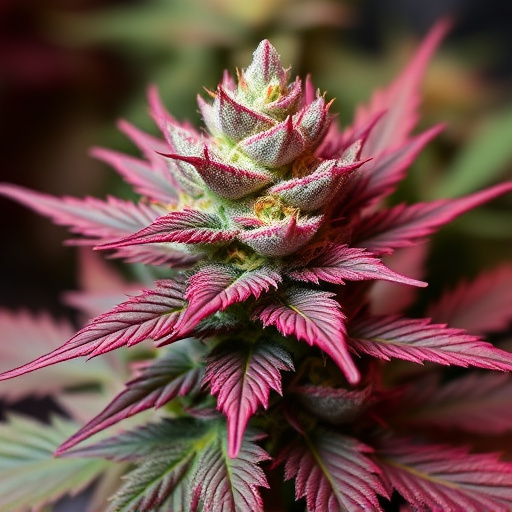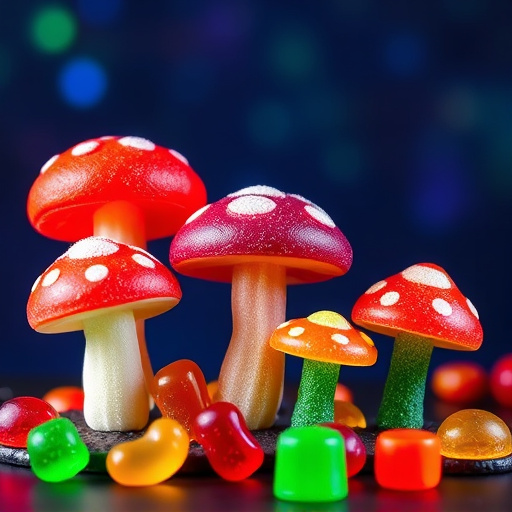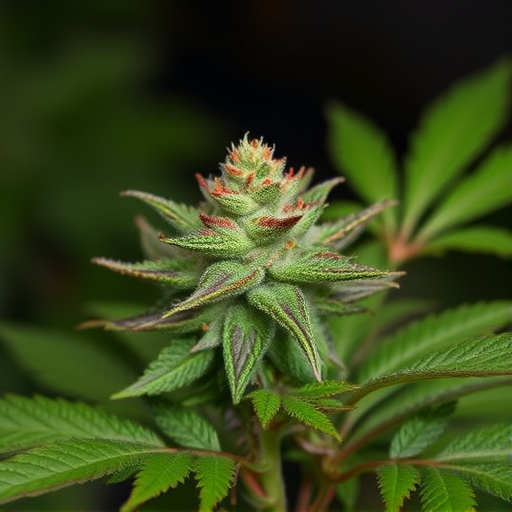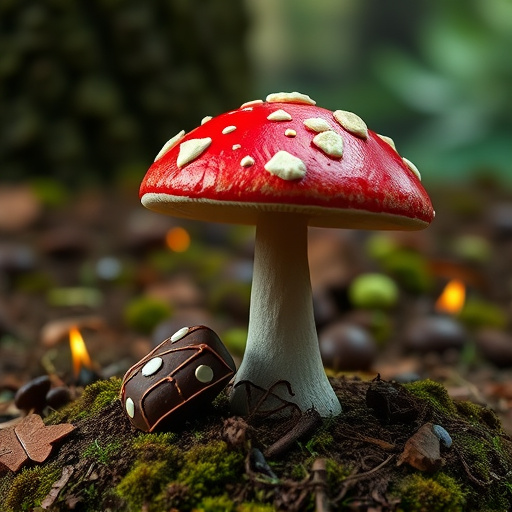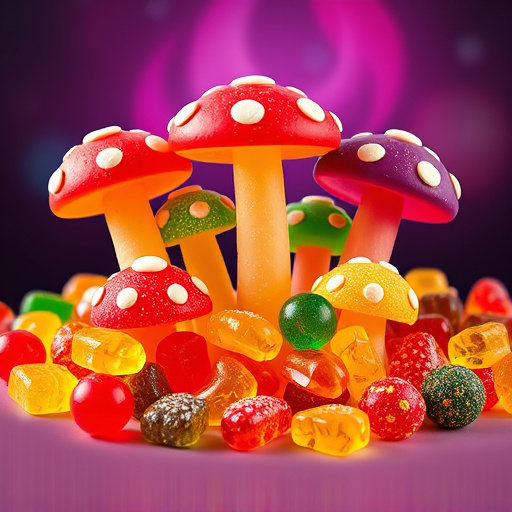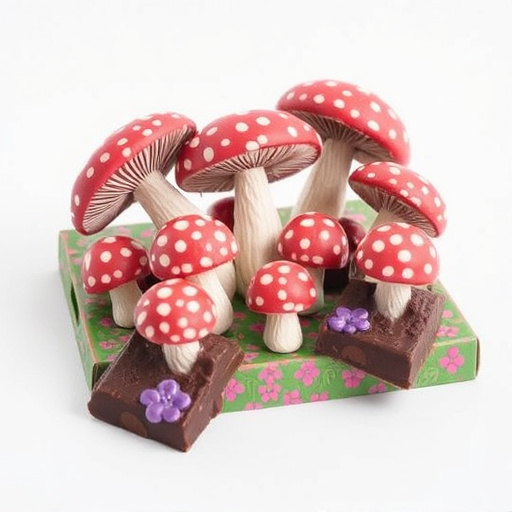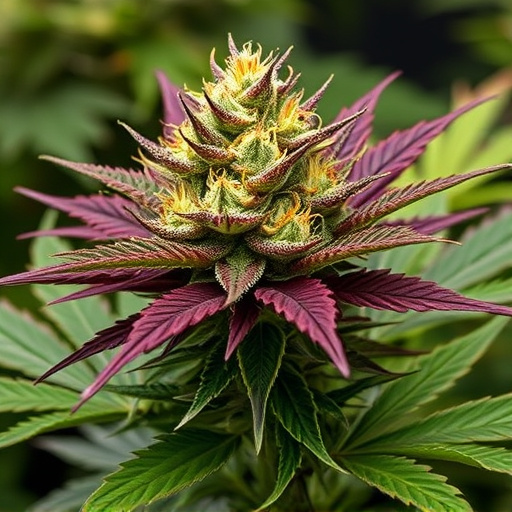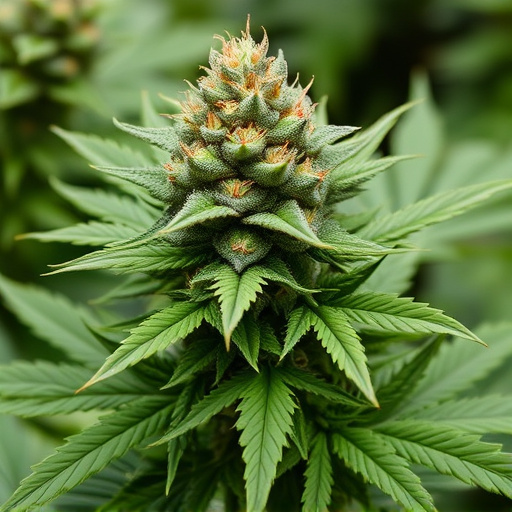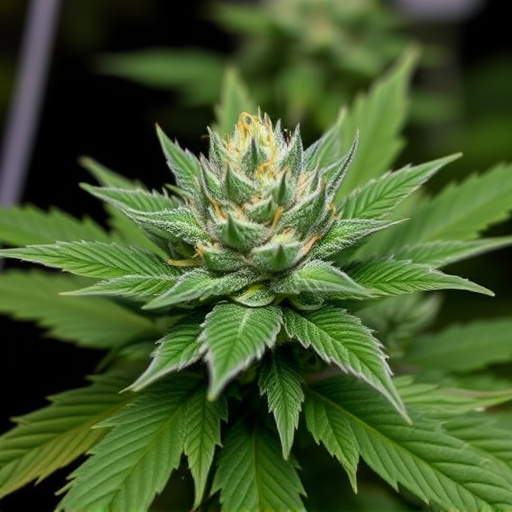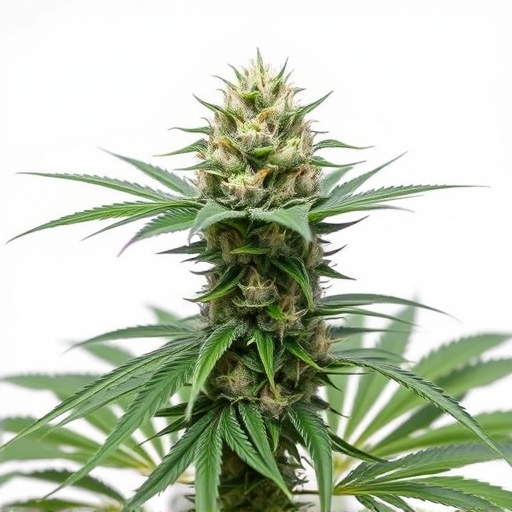Cultivation methods dramatically affect the characteristics of cannabis plants, especially the coveted best pot strains. Indoor growth offers precise control over light, climate, and nutrients, resulting in higher yields of potent strains with consistent quality. Outdoor cultivation leverages natural elements like sunlight and air, producing a broader terpene range and diverse aromas, appealing to fans of unique flavors. Both methods cater to distinct consumer preferences, with indoor strains known for potency and outdoor strains for aromatic profiles. Environmental factors such as light, temperature, humidity, and CO2 levels significantly influence terpene profiles, CBD levels, and overall strain potency, shaping the final experiences of best pot strains.
“Uncover the captivating differences between indoor and outdoor-grown cannabis flowers in this comprehensive guide. From environmental factors like light and temperature to the unique traits of each growing method, we explore how these influences shape the final product. Discover the best pot strains thriving in controlled indoor spaces and unlock the advantages of natural cultivation for robust outdoor varieties. Whether you’re an enthusiast or cultivator, this article offers insights into the art of cannabis flower development.”
- Growth Environment Impacts Cannabis Flower
- – Discussion on the effects of indoor vs outdoor cultivation on flower development
- – Comparison of environmental factors like light, temperature, humidity, and CO2 levels
Growth Environment Impacts Cannabis Flower

The environment in which cannabis plants are grown plays a pivotal role in shaping the final characteristics of the flower, or bud. Indoor and outdoor cultivation methods produce distinct results, influencing factors such as terpene profiles, cannabinoid concentrations, and overall plant health. Plants grown indoors under controlled conditions often receive precise attentions, including optimal light spectrums, climate control, and nutrient delivery. This meticulous care can lead to higher yields of specific best pot strains known for their potent effects and unique flavors.
In contrast, outdoor cannabis flowers benefit from natural sunlight, fresh air, and varying environmental stimuli. These factors contribute to the development of a broader range of terpenes, giving outdoor-grown buds a more diverse aroma and flavor profile. The overall growth environment significantly impacts the plant’s resilience and ability to accumulate specific cannabinoids, such as THC or CBD, making indoor and outdoor cannabis flowers appealing to different preferences among consumers looking for specific best pot strains.
– Discussion on the effects of indoor vs outdoor cultivation on flower development
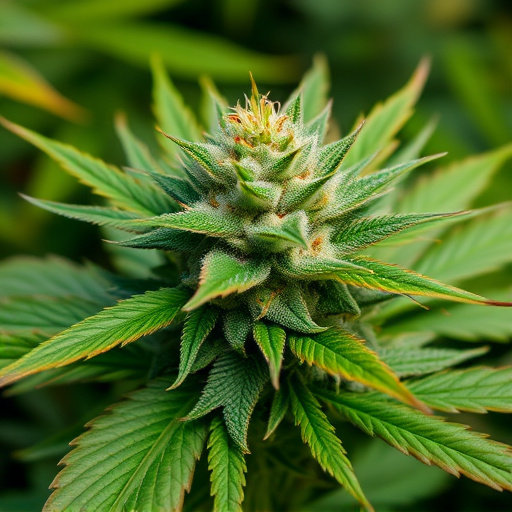
The environment in which cannabis is grown significantly influences the plant’s development and, consequently, the final product’s characteristics. Indoor cultivation offers precise control over factors like temperature, humidity, lighting, and feeding schedules, enabling growers to optimize conditions for specific best pot strains. This meticulous approach often results in faster flowering times, higher yields of uniform bud structures, and enhanced terpene profiles. The ability to isolate plants from external influences also helps in producing consistent, high-quality crops with predictable effects.
In contrast, outdoor cultivation allows cannabis plants to grow naturally, exposed to varying environmental conditions, including sunlight, wind, rain, and seasonal changes. This exposure can lead to slower growth but often contributes to robust, flavorful profiles as the plants adapt to their surroundings. Outdoor-grown cannabis tends to develop more diverse terpene profiles and higher levels of CBD, especially when plants have ample space to stretch their leaves and reach for the sun. As a result, outdoor cultivation is preferred by those seeking natural, organic growth and unique, distinct flavors in their best pot strains.
– Comparison of environmental factors like light, temperature, humidity, and CO2 levels
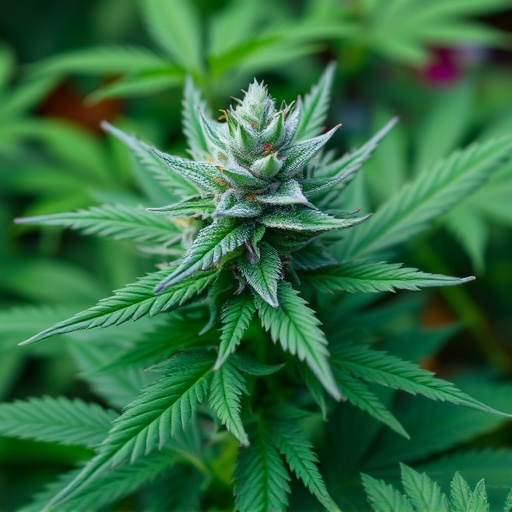
Indoor and outdoor cannabis cultivation differ significantly in their environmental conditions, which can lead to notable variations in plant growth and the final product, or best pot strains. In terms of light, indoor setups often use artificial lighting like LED or HPS (high-pressure sodium) lamps, providing consistent, controlled illumination. Outdoor plants, on the other hand, are bathed in natural sunlight, varying by season and location. Temperature is another key factor; indoors, it can be maintained at optimal levels 24/7, while outdoor cannabis flowers experience temperature fluctuations throughout the day and night.
Humidity levels also contrast markedly between indoor and outdoor environments. Indoor grows often require additional humidification to mimic the natural humidity found in some outdoor settings, especially tropical regions. Carbon dioxide (CO2) levels are generally higher in indoor grows due to controlled ventilation, which can significantly enhance cannabis plant growth. Outdoor plants naturally absorb CO2 from the atmosphere, though local pollution and other factors may impact these levels. These environmental differences play a crucial role in shaping the terpene profiles and overall potency of different cannabis strains.
Understanding the distinctions between indoor and outdoor-grown cannabis flowers is key to selecting the best pot strains for your needs. While both methods produce high-quality cannabis, environmental factors like light, temperature, humidity, and CO2 levels significantly influence flower development. Indoor cultivation offers precise control over these conditions, leading to consistent, high-potency flowers, while outdoor growing results in naturally varying environments that can produce unique terpene profiles and robust, resilient plants. Ultimately, the choice between indoor and outdoor cannabis cultivation depends on individual preferences for specific strain characteristics and desired growing experiences.
